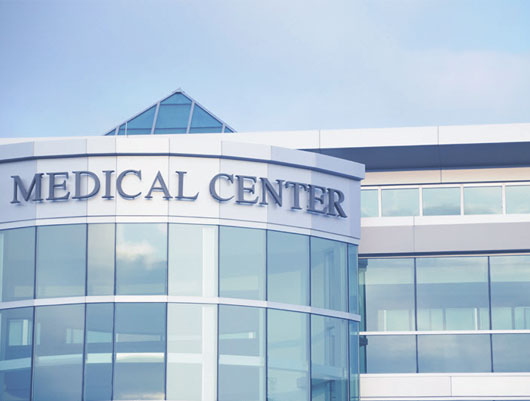
Demand for medical properties is supported by a combination of demographic trends and a transformation in the way health care services are provided as a result of the increased access to health care in conjunction with escalating health care costs. These demographic and healthcare industry trends are likely to continue, supporting the long-term trend for medical real estate.
U.S. medical-centric real estate has risen in the past years as an increasingly aging population has become an important part of the healthcare real estate sector. This has been largely driven by the dramatic change in the aging of the United States population. By 2030, baby boomers in the U.S. will be older than age 65, according to the U.S. Census Bureau. By 2035, Americans over the age of 65 will outnumber those under 18. 2 Advances in technology and growing outpatient options are some of the reasons Americans are living longer. According to the National Institute on Aging, life expectancy nearly doubled during the 20th century with a ten-fold increase in the number of Americans aged 65 or older. People aged 85 and older, constitute the fastest growing segment of the U.S population. 3

In addition to the aging population, more Americans now have access to healthcare. Today, an estimated 20 million Americans who were previously uninsured, are now covered by the Affordable Care Act. According to an article in Statista, 83.7% of Americans had some form of health insurance versus 91.5% in 2018.4Furthermore, there has been a trend on decentralization of the healthcare industry to provide services to the consumer through cheaper outpatient centers, rather than the traditional costly hospitals. 5
These new consumers have growing expectations for a more cost efficient and convenient healthcare experience, fueling outpatient facilities such as doctor offices in convenient retail style medical buildings, dialysis centers and same-day outpatient surgery centers in a non-hospital setting. This has translated into strong medical office real estate market fundamentals. Pricing for medical office space remains strong as cap rates are at record lows and average asking rent for U.S. medical office space remained at a near-record level in the second quarter of 2019.6 These trends have caught the attention of top-tier institutions, REITs and foreign investors who have fueled the demand for medical real estate, keeping fundamentals for this sector strong. Demand for medical office space is supported by a combination of demographic trends and a transformation in the way health care services are provided as a result of the increased access to health care in conjunction with escalating health care costs. These demographic and health-care industry trends are likely to continue, supporting the long-term trend for medical real estate.
References:
2 - https://www.theinvestor.jll/news/us/alternatives/healthcare-real-estate-investment-surges/
3 - https://www.nia.nih.gov/living-long-well-21st-century-strategic-directions-research-aging/introduction
4 - https://www.statista.com/topics/3272/obamacare/
5, 6 - CRBE: US Medical Office Trends December 2019